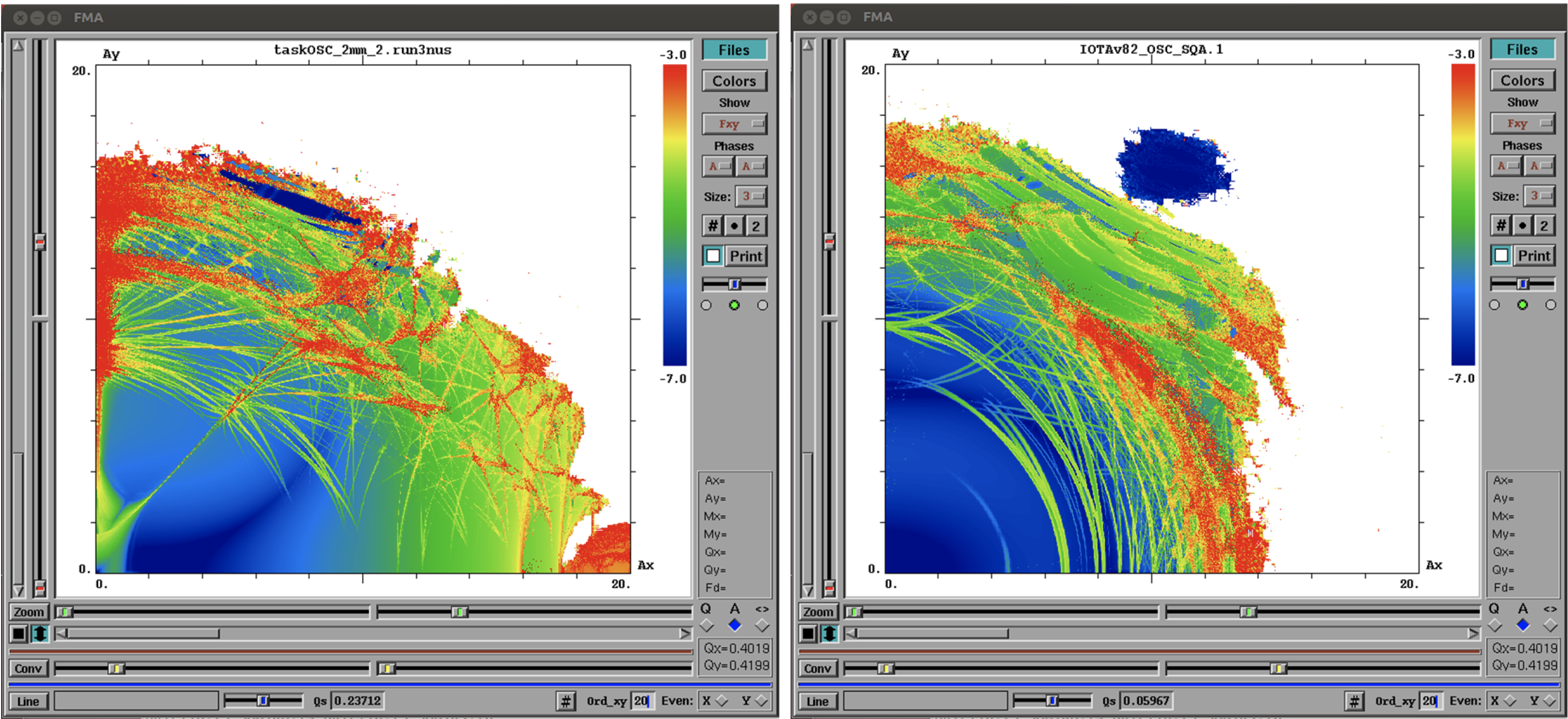Conceptual Design Report: Optical Stochastic Cooling at IOTA
This report covers the conceptual design for the Optical Stochastic Cooling (OSC) experiment in the Integrable Optics Test Accelerator (IOTA) at Fermilab. OSC is an advanced particle beam cooling technique. The IOTA experiment aims to make the first ever experimental demonstration of OSC with 100 MeV electrons. The report covers the underlying theory supporting the experiment, beam parameters, major requirements of the storage ring systems and technical details of the experimental demonstration.
Applications and relation to CBB Goals:
Exploring methods of beam cooling with OSC to improve brightness in next generation particle colliders is a thrust of the Beam Dynamics and Cooling theme. This is the conceptual design report for the OSC experiment taking place in IOTA this year. The experiment aims to make the first ever experimental demonstration of OSC with electrons. The demonstration will be a major breakthrough in particle beam cooling and a critical step towards strong hadron cooling with OSC.
Reference:
V. Lebedev, J. Jarvis, H. Piekarz, A. Romanov, J. Ruan, and M. Andorf, “Conceptual Design Report: Optical Stochastic Cooling at IOTA,” arXiv:2012.09967 [physics], Dec. 2020, doi: 10.48550/arXiv.2012.09967. [Online]. Available: http://arxiv.org/abs/2012.09967


